Sitting takes a toll on your body. The easiest way to counteract the negative effects of sitting is by stretching your neck, shoulders, and hips after a long day of sitting. Stretching improves flexibility and is an easy and quick way to improve your overall health. People who sit for long periods are at a greater risk for blood clots and chronic pain. If you work from a desk environment, many stretches can be done while sitting or working. Here are a few examples of stretches that you can do daily to improve your overall health and wellness.
Standing
Don’t forget to periodically stand up throughout your day. Some individuals prefer standing desks. While this may not offer a substantial benefit in terms of calories burned, standing up throughout your day can mean that there are slightly more calories burned throughout your day when comparing the option of sitting down. Standing is a great way to reduce your risk of developing blood clots in your legs!
Lunges
Lunges are a quick, simple way of being able to stretch your legs and lower body. Simply place one leg on the floor, and extend the other leg forward at a 90-degree angle. This exercise will allow you to gain additional mobility in your hamstring muscles. Experiment with the amount of time that you hold this position for – consider holding this position for 30 to 60 seconds initially, and gradually increase the period of time. Once you have completed this exercise for one leg, be sure to repeat it for the other leg.
Neck Stretches
Long periods of sitting create additional pressure on your spinal cord. As you may know, sitting for long periods can also lead to a stiff neck. Begin by relaxing your left shoulder. Tilt your head toward your left shoulder, and hold this position for approximately 30 to 60 seconds. Repeat this exercise for your other shoulder. This is a quick shoulder exercise that will reduce the inflammation around your shoulder muscles.
Pushups
This is not technically a stretch, however, these can have major benefits which are similar to stretching. Pushups are a great exercise for the upper body. This exercise is also a great way to improve your posture, and burn calories. These exercises are a great way to stabilize your back muscles and protect yourself from injury. They help to build your arm muscles and burn calories at the same time. Pushups are also easy to measure! Challenge yourself to do more pushups than the previous day to make it more fun.
Hand Stretches
This is the most often neglected muscle group in our bodies! Hands are useful for everything! We often forget that our hands have muscles as well, and are also prone to stress injuries. Periodically make a fist and hold it for 20-30 seconds. Making a fist can help with stretching the finger muscles to avoid hand injuries.
Sitting for a long period can result in several health risks. That’s why movement and exercise are important for your overall health. It’s very easy to add movement to your day-to-day routine, even if your daily routine involves sitting for long periods. Be creative, but be safe and find new ways to move your body throughout the day. This will help you avoid injuries and possible negative long-term health effects.

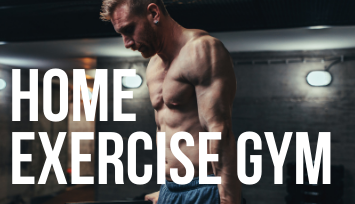



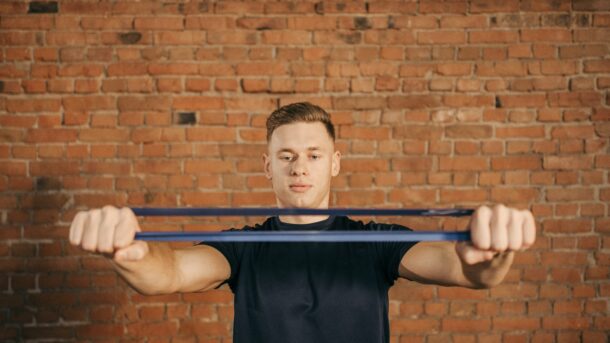
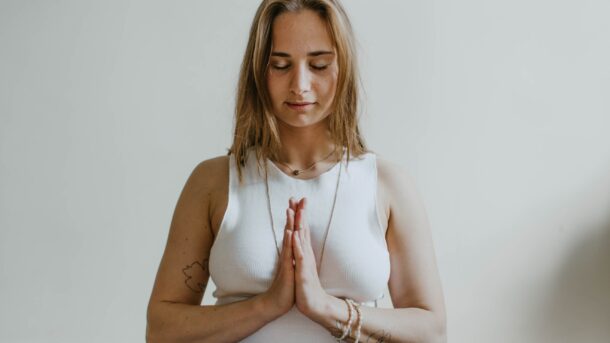

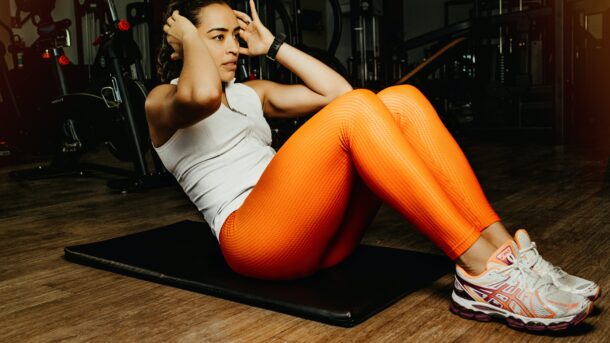

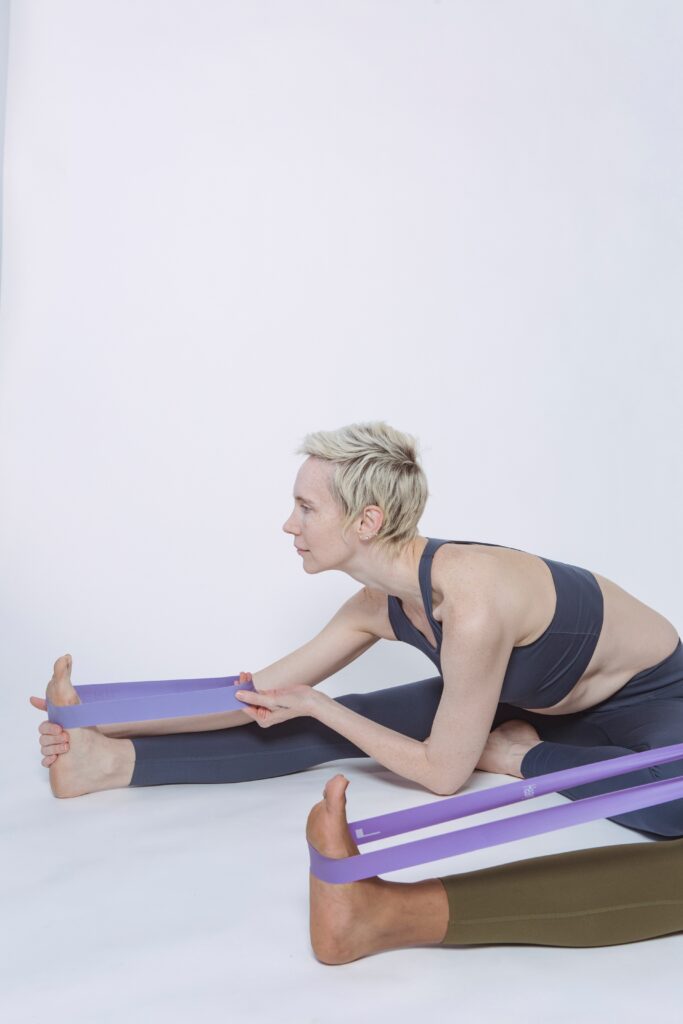
Recent Comments